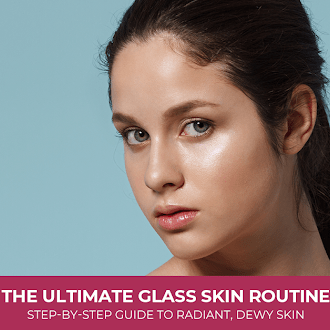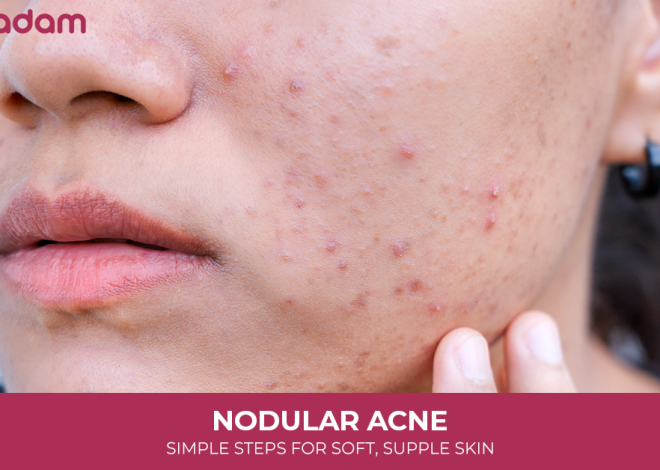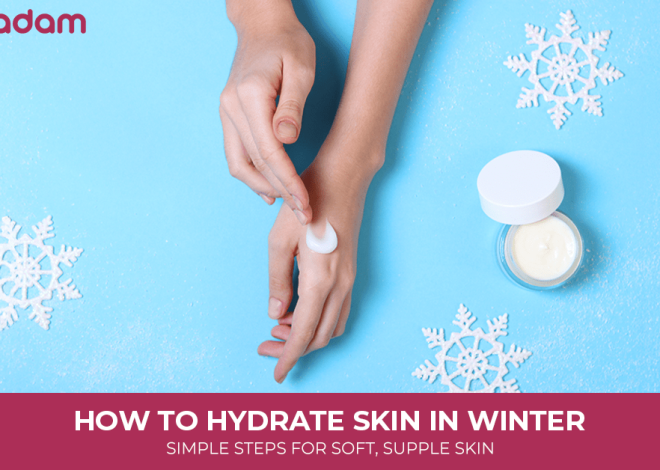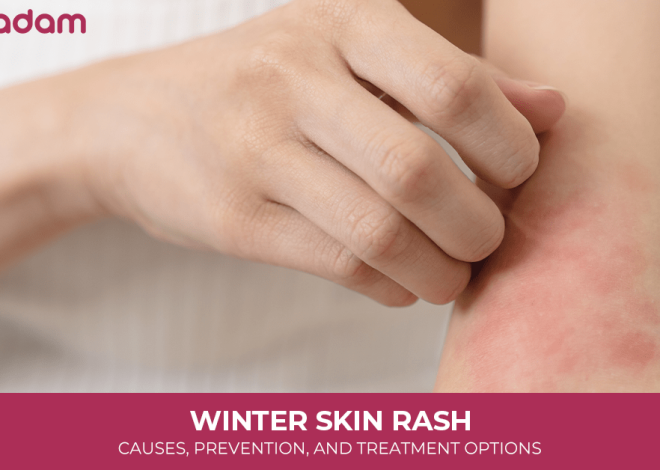
The Ultimate Glass Skin Routine: Step-by-Step Guide to Radiant, Dewy Skin
The term glass skin routine has exploded in popularity over the last few years, largely thanks to K-beauty. But what makes it different from other skincare trends? While some routines focus on fast fixes or makeup illusions, glass skin emphasizes healthy skin from the inside out.
Imagine skin so luminous, even-toned, and hydrated that it reflects light like glass. That’s the ultimate goal. It’s not about perfection, it’s about creating a complexion that looks naturally radiant and feels deeply nourished. The best part? It’s achievable with the right products, patience, and consistency.
This comprehensive guide will break down the exact steps, product types, ingredients, and lifestyle changes that form the backbone of a successful glass skin routine. We’ll also discuss common mistakes to avoid, expert glass skin tips, and address frequently asked questions so you can confidently start your journey to glowing skin.
Table of Contents
What Is Glass Skin?

Glass skin refers to skin that is:
- Translucent: Free from dullness, allowing natural radiance to shine through.
- Smooth: No visible texture, dry patches, or flaky areas.
- Even-toned: Minimal discoloration, redness, or blemishes.
- Hydrated: Plump, soft, and supple to the touch.
Unlike heavy makeup looks, glass skin relies on skincare that builds resilience over time. Korean beauty experts often describe it as skin that looks lit from within. To achieve this, the focus is on hydration and gentle layering of products rather than harsh treatments.
How to Get Glass Skin: Step-by-Step Routine
Here’s a detailed breakdown of each step in your daily routine.
Step 1: Double Cleansing (Evening Essential)
What it is: Start with an oil-based cleanser to dissolve sunscreen, excess sebum, and makeup. Follow with a water-based cleanser to remove sweat and impurities.
Why it matters: Cleansing in two steps ensures your skin is clean without stripping its natural oils. Residual makeup and dirt can clog pores, preventing products from absorbing properly.
Pro tip: Choose an oil cleanser with nourishing ingredients like jojoba or camellia oil, and pair it with a gentle foaming cleanser that won’t leave your skin tight.
Step 2: Gentle Exfoliation (1–2 Times Per Week)
Exfoliation clears away dead skin cells that make the skin look rough and dull. Instead of scrubbing harshly, opt for chemical exfoliants such as:
- AHAs (glycolic, lactic acid): Brighten and smooth texture.
- BHAs (salicylic acid): Penetrate pores and reduce breakouts.
Why it matters: Removing buildup reveals fresh skin underneath, helping serums and moisturizers penetrate better.
Pro tip: Over-exfoliating can damage your barrier, so keep it to once or twice weekly, especially if you have sensitive skin.
Step 3: Hydrating Toner
Forget the alcohol-based toners that dry skin out. In a glass skin routine, toner means hydration. Think of it as the first big drink of water your skin gets after cleansing.
Look for:
- Hyaluronic acid for moisture
- Rose water for soothing
- Green tea extract for antioxidants
Pro tip: Apply toner with your hands instead of cotton pads to minimize waste and maximize absorption.
Step 4: Essence – The Glass Skin Secret
Essence is a lightweight liquid treatment and the heart of K-beauty routines. It delivers concentrated hydration while prepping your skin for serums.
Why it matters: Essences often contain fermentation extracts or botanicals that help repair skin, boost elasticity, and improve absorption of everything you apply afterward.
Pro tip: Pat it gently into your skin rather than rubbing—it helps with better penetration.
Step 5: Targeted Serums
Serums are where you personalize your glass skin care routine to address your specific concerns.
- For brightening: Vitamin C or niacinamide
- For hydration: Hyaluronic acid
- For uneven texture: Peptides and snail mucin
- For breakouts: Salicylic acid or tea tree oil
Why it matters: These concentrated formulas target deeper layers of the skin to solve issues like dullness, pigmentation, or acne.
Step 6: Moisturizer
Moisturizer locks everything in and keeps skin hydrated throughout the day or night.
Types to choose:
- Gel-based: For oily skin
- Cream-based: For dry or mature skin
- Lightweight lotion: For combination skin
Why it matters: Dehydrated skin looks tired and uneven. Moisturizer creates the plump, bouncy effect essential for glass skin.
Step 7: Sunscreen (Daytime Only)
No glass skin routine is effective without daily SPF. Sun damage not only accelerates aging but also creates dark spots and dullness.
Pro tip: Use a broad-spectrum SPF 30 or higher. Opt for lightweight, non-greasy formulas if you dislike heavy sunscreens.
Additional Boosters for Glass Skin
Want to take your routine to the next level? These treatments aren’t daily musts but provide extra nourishment.
- Sheet Masks: Packed with serums; use 2–3 times a week.
- Sleeping Masks: Apply overnight for morning glow.
- Facial Oils: Great for sealing hydration in dry climates.
- Eye Creams: Target fine lines and puffiness.
Adding these occasionally can speed up progress and give your skin that dewy boost.
Glass Skin Tips for Everyday Life

In addition to products, lifestyle choices have a major impact on achieving luminous skin. Here are some practical glass skin tips:
- Stay Hydrated: Aim for at least 8 glasses of water daily. Dehydration shows up quickly on your skin.
- Eat Antioxidants: Include berries, leafy greens, nuts, and fatty fish to fight free radicals.
- Sleep Regularly: Skin repairs itself while you sleep—7–9 hours makes a difference.
- Avoid Stress: Stress hormones can trigger breakouts and dullness.
- Stay Consistent: The routine only works if you stick with it. Small improvements daily lead to long-term radiance.
Skin Care for Glass Skin: Must-Have Ingredients
When choosing products for skin care for glass skin, pay close attention to the ingredient list. Some powerful options include:
- Hyaluronic Acid: Attracts water to the skin, keeping it plump.
- Niacinamide: Improves tone, reduces redness, and minimizes pores.
- Vitamin C: A potent antioxidant that brightens and fights pigmentation.
- Snail Mucin: Hydrates, heals scars, and supports regeneration.
- Centella Asiatica (Cica): Calms sensitive or irritated skin.
- Ceramides: Restore and strengthen the skin barrier.
These ingredients, layered properly, build the foundation of glass skin.
Common Mistakes That Prevent Glass Skin

Even with the best intentions, there are certain habits that can quietly work against your progress. Understanding these mistakes will help you avoid setbacks and stay on track toward achieving that smooth, luminous glow.
- Skipping Sunscreen: One of the most common reasons people struggle to see results is skipping sunscreen; no matter how much effort you put into hydrating or layering products, unprotected sun exposure quickly undoes it all by causing premature aging, dark spots, and dullness.
- Using Too Many Actives at Once: It might feel like you’re supercharging your skincare when you layer multiple acids, retinols, and treatments, but doing too much at once overwhelms your skin, often leading to redness, dryness, and breakouts that interrupt your glow journey.
- Inconsistent Routine: Glass skin thrives on repetition and daily nourishment, so an inconsistent routine is a hidden culprit. Skipping steps or only practicing them sporadically prevents your skin from achieving the balance and hydration it needs to stay plump and radiant.
- Not Patch Testing New Products: Excitedly introducing a new product without patch testing often results in irritation, allergic reactions, or unexpected breakouts. This not only causes discomfort but can also set you back weeks as your skin works to recover.
- Sleeping With Makeup On: Leaving makeup on overnight is one of the most damaging mistakes you can make. Residual foundation, sunscreen, and impurities clog pores, dull your complexion, and block your skin from repairing itself while you sleep, leaving it congested rather than refreshed.
- Over-Exfoliating: Exfoliation is an important step in any routine, but when it’s overdone, it strips the skin barrier and leaves your complexion raw, dry, and sensitive instead of smooth and glowing. Moderation is key to maintaining a healthy balance.
- Neglecting Lifestyle Habits: Many people overlook the impact of lifestyle choices, but diet, hydration, and sleep play a huge role in skin health. Even the best products cannot fully compensate for poor lifestyle habits, and a lack of rest, water, or nutrients will always show on your skin.
Long-Term Commitment: The Reality of Glass Skin
It’s important to understand that glass skin doesn’t happen overnight. It requires patience, consistent layering, and a healthy lifestyle. Think of it like fitness—you won’t see results after one workout, but consistent effort builds long-term transformation.
The goal isn’t perfection, but healthier, more resilient skin that naturally glows. Over time, you’ll find yourself relying less on makeup to achieve that dewy look.
Conclusion
The glass skin routine is more than just a skincare trend—it’s a lifestyle shift towards healthier, more radiant skin. By focusing on hydration, gentle care, and consistent routines, you’ll create a complexion that feels as good as it looks.
Whether you’re just starting with the basics or incorporating advanced steps like essences and serums, the key is patience and dedication. Pair your skincare with good sleep, a balanced diet, and SPF protection, and you’ll find your skin glowing naturally over time.
Glass skin is not reserved for influencers or celebrities—it’s achievable for anyone who’s ready to care for their skin the right way.
FAQs About the Glass Skin Routine
1. What is the glass skin routine?
The glass skin routine is a Korean-inspired skincare regimen that emphasizes layering hydrating products, protecting the skin barrier, and focusing on long-term health to achieve smooth, radiant, and almost translucent-looking skin.
2. How long does it take to see results from a glass skin routine?
Results vary, but with consistency, you may notice a subtle glow within 2–3 weeks. More dramatic results, such as even skin tone and reduced texture, typically appear after 2–3 months of regular care.
3. Do I need Korean products to achieve glass skin?
Not at all. While K-beauty products are designed with this philosophy in mind, you can achieve glass skin with any high-quality products containing hydrating and nourishing ingredients that suit your skin type.
4. Can oily skin achieve glass skin?
Yes. Oily skin can still look luminous and clear. The key is to use lightweight, oil-free hydrators and balance sebum production instead of trying to strip oils, which often backfires.
5. How often should I exfoliate in a glass skin routine?
Exfoliation is best kept to 1–2 times weekly. Over-exfoliating can cause barrier damage, leading to irritation and breakouts. Choose gentle chemical exfoliants instead of harsh scrubs.
6. Is sunscreen really necessary for glass skin?
Absolutely. Sunscreen prevents dark spots, fine lines, and dullness caused by UV damage. Without SPF, your efforts at achieving glass skin will be undone, no matter how many steps you follow.
7. What role does diet play in achieving glass skin?
A healthy diet rich in antioxidants, omega-3s, and vitamins accelerates results. Foods like berries, salmon, nuts, and leafy greens support collagen production and keep skin hydrated from within.
8. Can men follow a glass skin routine?
Yes! Glass skin is about skin health, not gender. Men can follow the same steps—cleansing, hydrating, moisturizing, and protecting—to achieve a smooth, glowing complexion.
9. Do I need to follow all seven steps every day?
Not necessarily. The essentials are cleansing, hydrating, moisturizing, and sunscreen. Other steps like exfoliation, masks, or essences can be added based on your skin’s needs and tolerance.
10. Is glass skin achievable for all skin types?
Yes, but the approach may differ. Dry skin may need richer creams, oily skin benefits from gels, and sensitive skin requires gentle, fragrance-free formulas. Customizing your routine ensures success for everyone.



